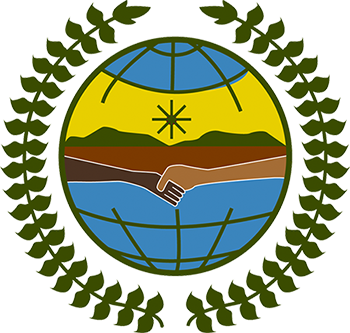Responses
SCBD reports (2011): The Nagoya Protocol A major accomplishment at COP 10 was the adoption of the Nagoya Protocol on Access to Genetic Resources and the Fair and Equitable Sharing of Benefits Arising from the Utilization of Genetic Resources of the Convention on Biological Diversity (Nagoya Protocol) following six years of intense negotiations. Indigenous and local communities participated, including those on government delegations, throughout the negotiations. The Nagoya Protocol is the first international instrument of particular relevance to indigenous and local communities negotiated since the adoption of the UN Declaration on the rights of indigenous peoples (September 2007). As such it is a significant step in mainstreaming indigenous rights as a cross-cutting issue in international negotiations. The purpose of the Protocol is to effectively implement one of the three core objectives of the Convention: the fair and equitable sharing of benefits arising from the utilization of genetic resources. It builds on the access and benefit-sharing provisions of the Convention. The Preamble provides a context for the interpretation of the text of the Protocol. The preamble contains seven paragraphs relevant to ILCs and TK. These paragraphs includes references to article 8(j), the interrelationship between GR and TK and their inseparable nature, the diversity of circumstances in which TK is owned or held (including by countries), the identification of the rightful holders of TK, the Declaration on the rights of indigenous peoples and the non-extinguishment of existing rights. At the core of the Protocol are obligations related to access to genetic resources, the fair and equitable sharing of benefits arising out of genetic resources, as well as compliance with prior informed consent and mutually agreed terms. In addition, to support compliance Parties have the obligation to take measures to monitor the utilization of genetic resources, including through the designation of check points and reporting requirements. Furthermore, an internationally recognized certificate of compliance issued by the providers of genetic resources will serve as evidence that genetic resources have been accessed in accordance with prior informed consent and that mutually agreed terms have been established. The issuance of certificates of compliance will be made available to the Access and Benefit-sharing Clearing House established under the Protocol. The Protocol also contains significant provisions relating to traditional knowledge associated with genetic resources held by indigenous and local communities, as well as to genetic resources held by indigenous and local communities where the rights of these communities over these resources have been recognized. The Protocol sets out clear obligations to seek the prior informed consent of indigenous and local communities in these situations. It also provides for the sharing of benefits arising from the use of traditional knowledge associated with genetic resources, as well as benefits arising from the use of genetic resources in accordance with domestic legislation. Benefit sharing must be based on mutually agreed terms. In addition, Parties to the Protocol must ensure that their nationals comply with the domestic legislation and regulatory requirements of provider countries related to access and benefit-sharing of traditional knowledge associated with genetic resources. It should also be noted that the Decision of the Conference of the Parties contains a review clause related to developments in the World Intellectual Property Organization (WIPO). To be more specific, four years after the entry into force of the Protocol, the Conference of the Parties serving as the Meeting of the Parties to the Protocol is to undertake an evaluation of the effectiveness of the Protocol. In this context, the Conference of the Parties decided that the implementation of the article related to compliance with domestic legislation or regulatory requirements on access and benefit-sharing for traditional knowledge associated with genetic resources should be reviewed in light of developments in other relevant international organizations, including the World Intellectual Property Organization. Finally, the article of the Protocol addressing the relationship with international agreements and instruments may also be of interest. It refers to the possibility for Parties to develop and implement other relevant international agreements, including other specialized access and benefit-sharing agreements, provided that they are supportive of and do not run counter to the objectives of the Convention and the Protocol. It also refers to the need to pay due regard to ongoing work under relevant international organizations. (Report to UNPFII Tenth Session by CBD: http://www.un.org/esa/socdev/unpfii/en/session_tenth.html)
 Welcome to the United Nations
Welcome to the United Nations
